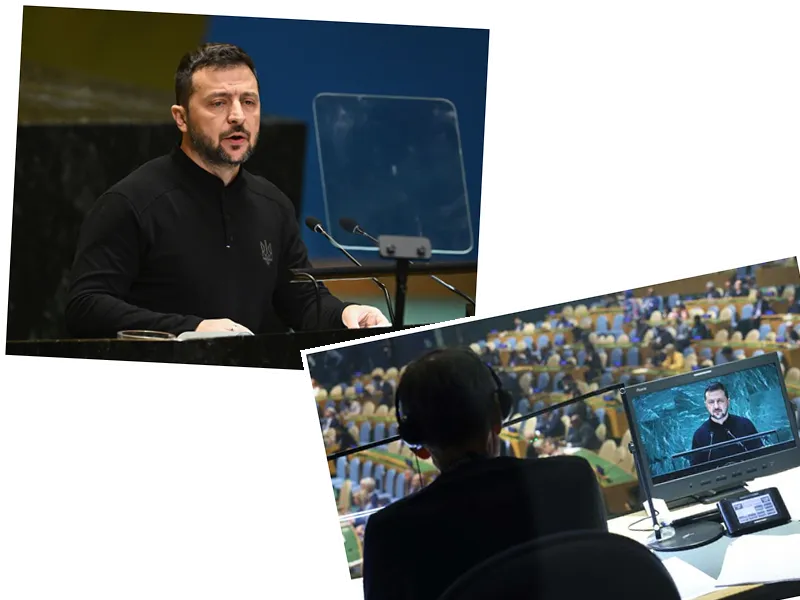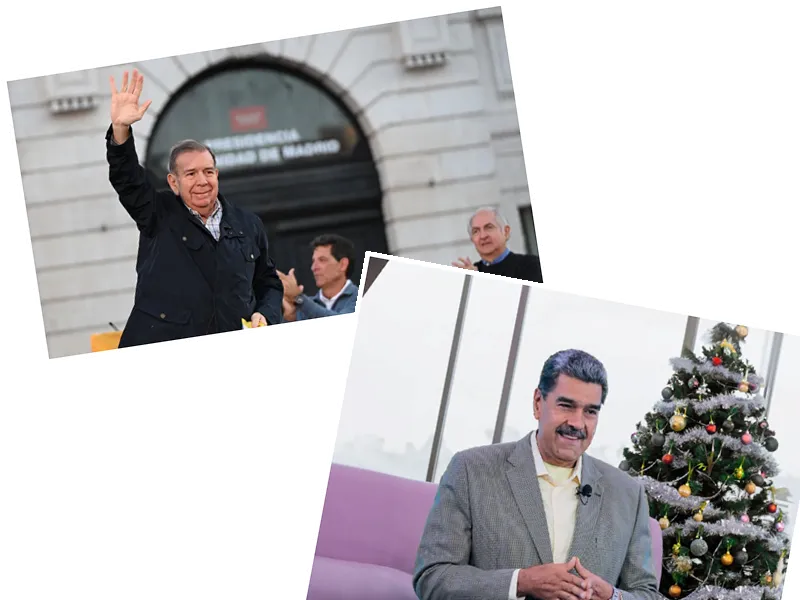In recent statements, Russian Deputy Foreign Minister Sergei Ryabkov has indicated that the symbolic "Doomsday Clock" is now set at just two minutes to midnight, a stark reminder of the looming threat of nuclear conflict. This clock, which has been a metaphor for global catastrophe since its inception in 1947, reflects the precarious state of international relations, particularly in the context of the ongoing Russian-Ukrainian war. Ryabkov emphasized that while the clock shows a dire situation, it does not mean that the outcomes are predetermined.
The Doomsday Clock, established by the Bulletin of the Atomic Scientists, serves as a gauge of the world’s vulnerability to nuclear war, climate change, and other existential threats. The clock's hands are adjusted annually based on perceived risks, and it currently stands at its closest to midnight since the Cold War. The last adjustment in January 2023 indicated only 90 seconds remaining, underscoring the urgency of diplomatic engagement.
Social media has erupted in response to Ryabkov's comments, with users expressing both fear and sarcasm about the state of global affairs. Concerns have been raised about the deployment of long-range American weapons in Germany, a move that Russian President Vladimir Putin has warned could escalate tensions significantly. As the geopolitical landscape grows increasingly fraught with potential conflict, the implications of the Doomsday Clock continue to resonate across the globe.
- The Doomsday Clock was first created by scientists involved in the Manhattan Project, aiming to alert humanity to the dangers of nuclear weapons. Over the years, it has been adjusted 27 times in response to global events. The clock reached its furthest point from midnight during periods of relative international stability, while it has been moved closer to midnight during times of heightened tensions, such as the Cold War and recent conflicts involving North Korea and the Middle East. The clock's current setting reflects not only the nuclear threat but also the pressing issues of climate change and technological risks that humanity faces today.






